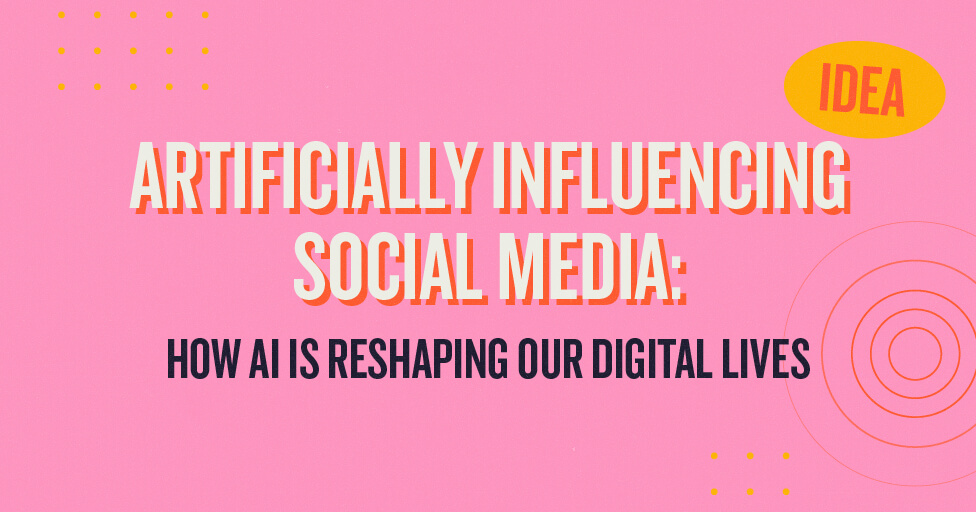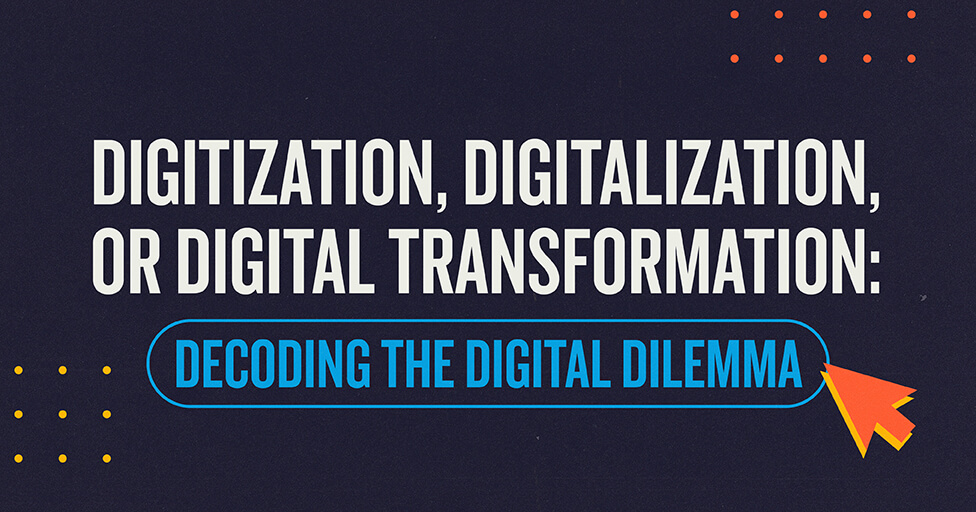
Age is not the only difference dividing boomers and millennials, especially when it comes to charitable giving. Older demographics (including boomers and the Silent Generation) definitely dominate the total amount of giving—they represent 72.1% of all charitable gifts. But look out, because millennials are on pace to be a powerhouse in terms of spending. In fact, by 2018 millennials will have the most spending power of any generation, which represents big opportunity for nonprofits.
So how do you turn big differences into big donations? Here are three ways to leverage the preferences and trends of boomers and millennials to tap into the giving power of both generations.
Give ‘em options
Charitable giving is definitely not a new trend, but younger generations are driving a big change in how those gifts are being made. While older generations’ giving is planned and they continue to prefer giving by check, the always connected and digitally savvy millennials tend to give spontaneously and prefer online channels.
But in today’s digital age, millennials aren’t the only ones giving online. While boomers might prefer writing a check, 41% of them also give online. In fact, per Blackbaud’s 2016 Charitable Giving Report, online giving grew 7.9% in 2016 compared to overall growth of 1%. In order to facilitate this online giving, a mobile-responsive site is a must. And enabling text-to-give functionality can further fuel the digital donation trend.
If both boomers and millennials are giving online, shouldn’t we forget direct mail and just focus on the website? Not necessarily. While it might not seem easy to cater to both, it can be done by segmenting your audience and giving them options. It can be as simple as a call to action that can be answered by phone, mail, or online. Most importantly, start the fundraising process by thinking about the unique preferences of each generation you’re targeting.
Mix it up
If budgets were endless, fundraising plans would be easy to put together—we’d just do everything! But as a nonprofit marketer, we know an endless budget will never be the reality, which means prioritization is key. But how do you prioritize when there are such drastic differences in the types of media consumed by boomers and millennials?
Older generations are most likely to respond to traditional media efforts such as print, TV, or direct mail, while their younger counterparts are heavy users of digital and social media, especially digital video. It’s definitely easy to get behind the allure of digital advertising and email where targeting options are endless and tracking can prove that the tactics are creating impact. But traditional advertising tactics cannot be ignored, even in this digital age. Elements such as print and TV can truly drive overall awareness, and, when integrated with digital tactics to continue the conversation, can be a key factor in successfully converting audiences into donors.
Not sure where to start? Take a testing approach by trying a few tactics on a smaller scale in order to determine where your organization finds traction with the goal of replicating those successful tactics on a larger scale.
Make it personal
Both older and younger audiences are donating to an average of 3–5 different organizations, which means as a nonprofit, you’re competing for share of the wallet. Studies have shown that consumers of all ages are more likely to give to a cause that they feel passionate about—and as a nonprofit organization, you have an opportunity to invite those who have engaged with your organization to join in your mission. One key to creating an effective invitation is personalization.
Personalization is key to making donors feel valued. Personalization increases a connection to your purpose and aids in developing not only one-time givers but also advocates.
Personalization looks different for millennials and boomers. Millennials want to feel passionate and connected to the cause, so give them an opportunity to volunteer or be an ambassador in person or via social media. Much like their desire for instant gratification, instant recognition is key. This generation expects to be appreciated right away and wants the ability to share that recognition socially with their friends.
For older generations, a personal thank-you will go a long way. An email or a short letter is an impactful way to make these generations feel recognized for their contribution. Showing how your organization still has a need will in turn motivate them to share by word of mouth and talk with other possible givers.
As you plan your marketing for the year, especially in the peak Q4 timeframe, keep your audiences in mind as you decide how to contact and communicate with them to not only introduce your organization but also continue that relationship and make them lifelong givers and advocates for what you do.
Want to talk more about creating action for your nonprofit organization? Give us a shout.
Subscribe to our newsletter
Get our insights and perspectives delivered to your inbox.


